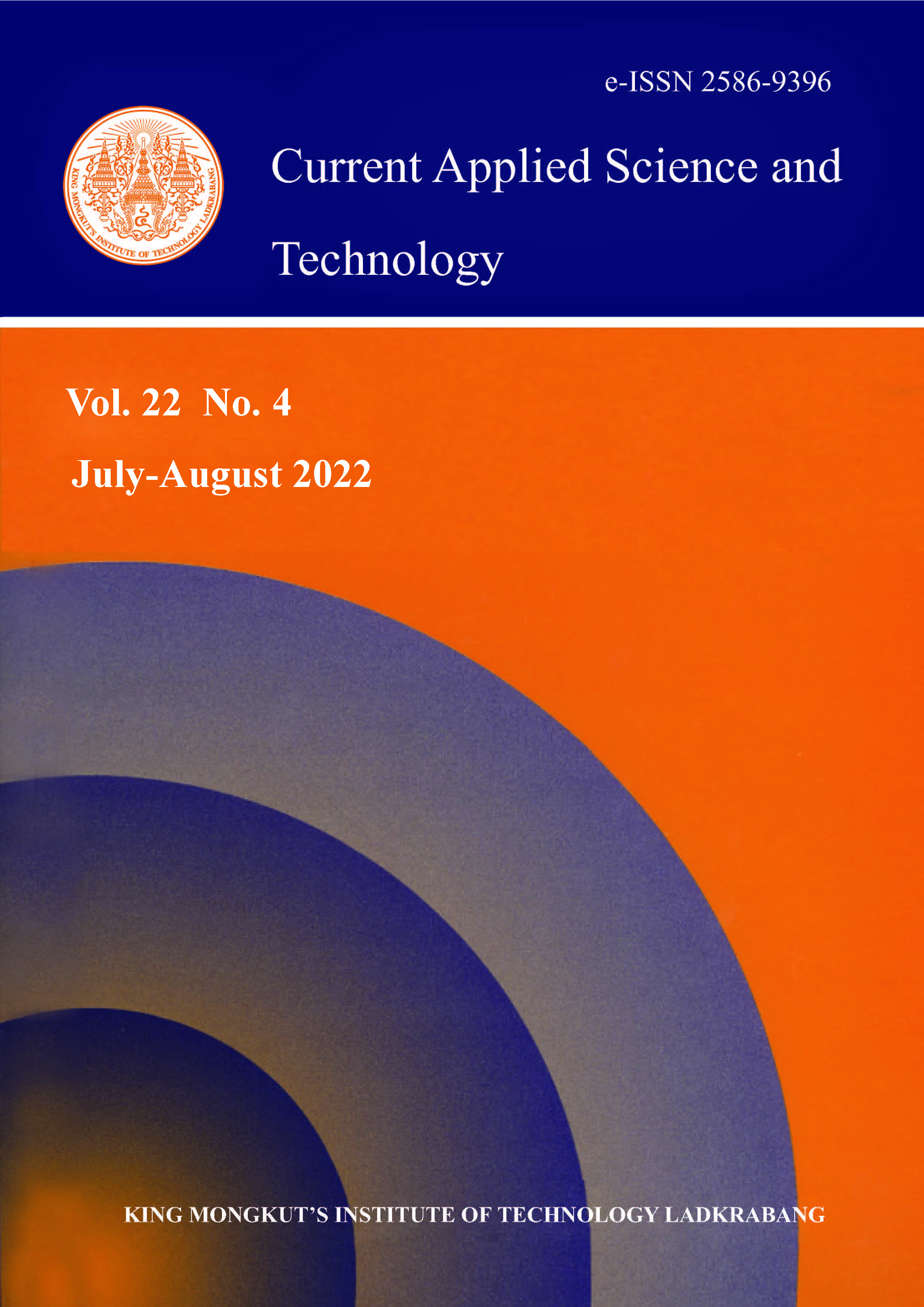Recently, microorganism-based hydrogel has been attracting attention for its applications in the revegetation of marginal land and in crop production on dry land. Komagataeibacter xylinus is a bacterium that can biosynthesize bacterial cellulose, the material for microorganism-based hydrogel. Nonetheless, various factors influence the production of bacterial cellulose by K. xylinus, and one of them is the substrate nutrient used. Therefore, we investigate various types of carbon sources for bacterial cellulose synthesis by our strain collection K. xylinus InaCC B404. Five simple sugars were selected as the main carbon source, namely glucose, lactose, mannitol, xylose, and sucrose. The results showed that the type of carbon source affected bacterial cellulose production yield. Lactose was the carbon source that produced the highest yield of bacterial cellulose (8.7 g/l). Moreover, sugar consumption by the isolate was also the lowest in the lactose broth (25% w/w). However, the swelling capacity of dried natural bacterial cellulose produced was relatively similar for all carbon sources, and it was between 2.5-3.1 times per gram. Physical observation based on scanning electron microscope (SEM) micrographs showed that the appearances of bacterial cellulose derived from lactose and glucose were more rugged than other types of bacterial cellulose. On the other hand, chemical structure analyses using Fourier-Transform Infrared Spectroscopy (FTIR) revealed that the chemical composition of bacterial cellulose was relatively similar for all carbon sources. This was revealed by the presence of the characteristic bands of cellulose. This study points to the value of the use of lactose as a carbon source in the production of bacterial cellulose as a hydrogel for further application.
Keywords: Komagataeibacter xylinus; bacterial cellulose; carbon source; lactose
*Corresponding author: Tel.: (+62) 2187907604 Fax: (+62) 2187907612
E-mail: toga001@brin.go.id
Napitupulu*, T. P. undefined. ., Kanti, A. ., Masrukhin, , Sulistiyani, T. R. ., Yanto, D. H. Y. ., & Sudiana, I. M. . (2021). Production of Bacterial Cellulose by Komagataeibacter xylinus InaCC B404 Using Different Carbon Sources. CURRENT APPLIED SCIENCE AND TECHNOLOGY, DOI: 10.55003/cast.2022.04.22.007 (17 pages). https://doi.org/10.55003/cast.2022.04.22.007

